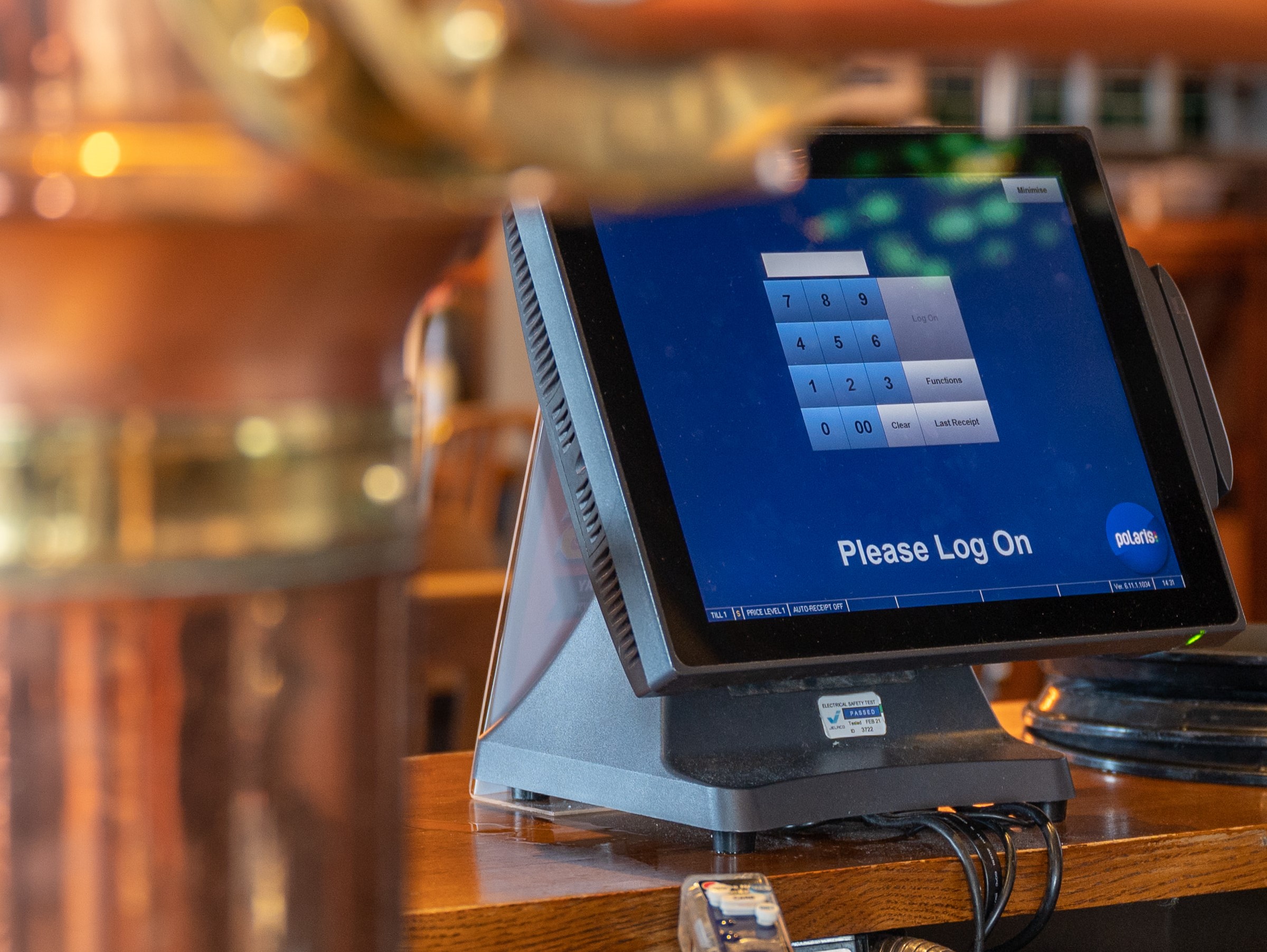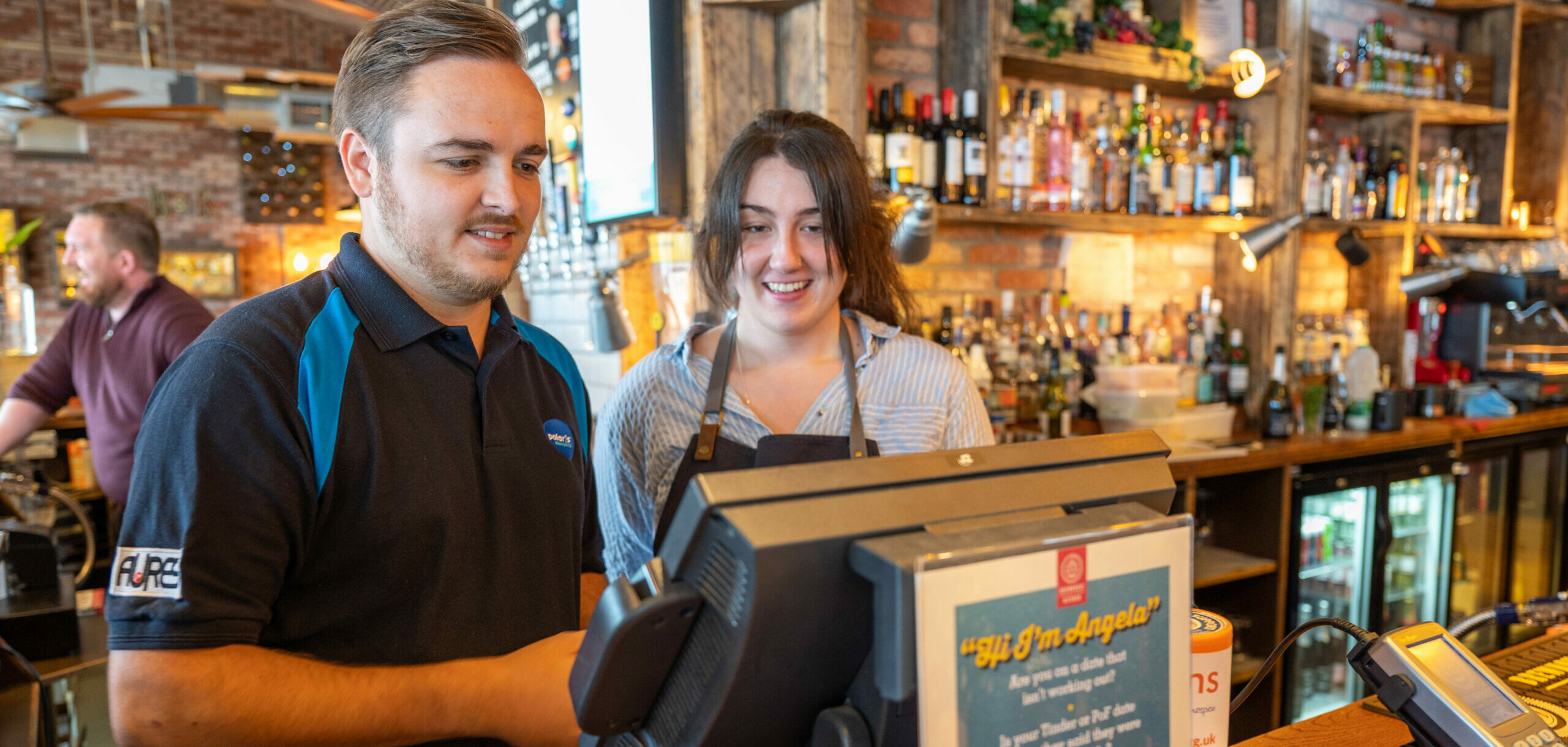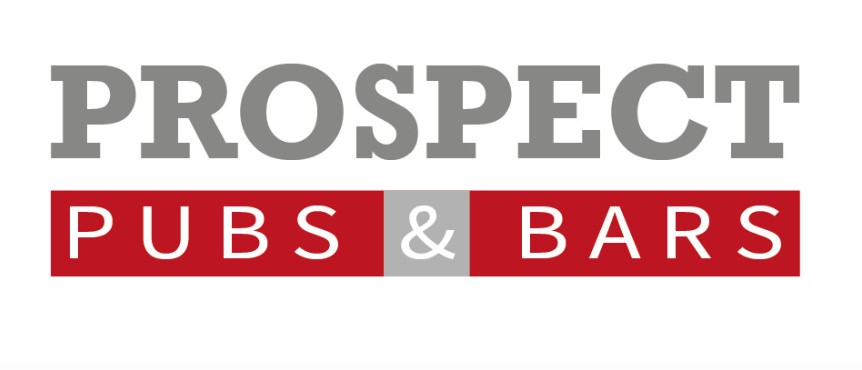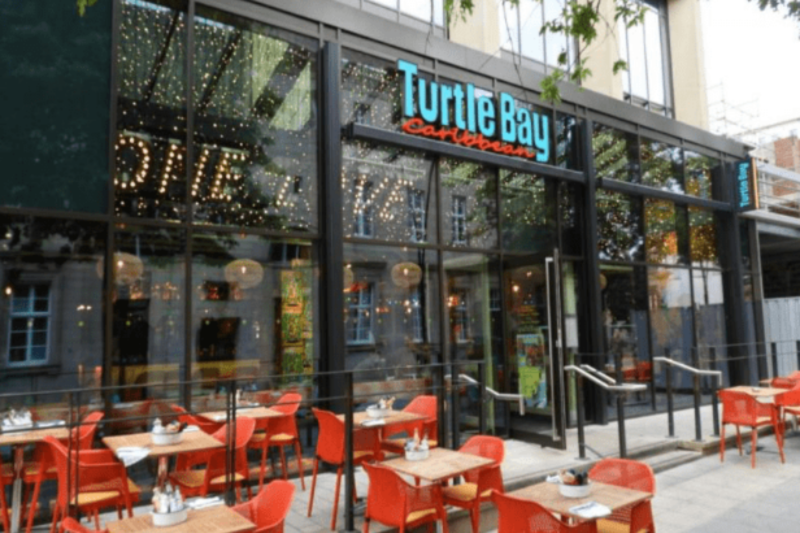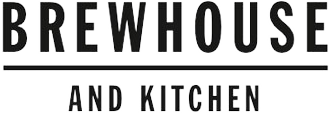What’s the first thing that pops into your mind when someone says “hospitality technology”? If you are an entrepreneur or restauranteur, maybe it’s a ePoS.
ePoS, is its point-of-sale system, a touch screen computer that’s at the heart of the modern restaurant’s technology stack along with the many other systems integrating with it.
Before the meal, front of house staff enter orders that are logged and sent to the kitchen for preparation. After the meal, servers use the PoS system to print out customers’ bills / receipts and accept payment.
A good PoS system will gives you insight of the following:
- a cohesive picture of front and back of house performance
- stock levels
- guest service demands and trends
- product costs
- labour costs
- payment processing to ensure staff close accurately night after night.
Unlocking the power of your restaurant data
The PoS system comes from humble beginnings (way before my time so I won’t bore you with that).
Put it this way, you think your paperwork routine is rough, imagine what folks how folks managed a few short decades ago.
When the Internet entered the scene in 1991, PoS systems offered business owners and managers the capability to not only streamline payment processing but to analyse and leverage their valuable operational data.
In 2002, the first cloud-based PoS system was introduced in the UK, meaning data could be stored off-site and viewed from any location as well. Today, PoS systems come as traditional counter-top systems as well as virtual setups on mobile devices, where operators can manage their entire PoS operation through an online portal.
Restaurant PoS system cost breakdown
Adopting a robust PoS system can be an expensive initial cost (anywhere from £2,000 to £20,000 per venue depending on hardware, software, and any additional integrations or add-on features), but most operators would agree that the oversight and cost-savings they provide quickly offset the initial purchase price.
Today’s PoS systems are rich with features, especially if properly integrated with other systems in the operation.
For instance, PoS systems can offer stock management by tracking product usage, stock levels and variances; how products/recipes contribute to profits; track loss prevention; have full recipe and product-costing capabilities; and offer ease of re-order. They encourage establishing relationship with customers by identifying loyal and repeat customers as well as their preferences.
PoS systems can generate a host of useful reports efficiently, accurately and with robust analyses of near real-time sales and labour data.
They can turn your menu into a powerful marketing tool, allowing you to track menu trends over time, identify which items are bestsellers or need to be replaced, and strategically review daily or weekly specials.
They also provide reports of your servers’ sales, hours worked, and performance so that you can tweak scheduling or offer more training.
Certainly not least, PoS systems offer invaluable financial management that includes pricing, revenues, profits, costs, payroll, invoicing, and asset management. You can also affect PoS changes at the enterprise level or at a single location, that is, change menu items, prices, discounts on the fly.
The right PoS system gives you powerful forecasting tools to automate predictive analysis and help you make better, data-driven business decisions based on up-the-minute information. They also let your servers stay on the floor instead of darting back and forth between the kitchen and the cash register.
Have more options by choosing the right ePoS
Choosing the right PoS system means considering your hardware and software needs as well as any desired special features. They typically come in Cloud-based systems, (a.k.a. software-as-a-service [SaaS] or web-based systems) in which data is stored on remote servers and can be viewed from anywhere.
On the other hand, a PoS system can be a legacy system, which stores data on local computer servers that can only be viewed via the on-site network. In some cases, they can be a hybrid of both cloud and legacy, which means stores data locally to permit working offline as well as backs up to cloud for access from anywhere.
POS systems hardware: which can be leased or owned, Can included the following:
Front of house:
- Computer terminals
- Tablets
- Tablet cases
- Stands
- Credit card readers
- Cash drawers
- Receipt/Dispense printers
Back of house, there will be KDS (Kitchen Display Systems) and dispense printers. Servers or routers are required depending on whether your system is cloud-based or legacy. Typically, legacy systems require more equipment such as servers, making them more expensive than cloud-based PoS systems.
In addition to purchasing equipment of your POS system, you’ll also be paying a monthly or yearly software fee.
Do not cut costs when it comes to investing on an ongoing basis. Inadequate software, lack of software updates, or unreliable support can mean worse headaches and loss of profits for your business down the road. For example, consider the implications, of a restaurant that has lost its connection to the cloud and cannot process credit card payments, transmit orders efficiently to the kitchen, or track value performance insight while offline.
In addition to PoS hardware and software expenses, there will also be costs for installation, menu builds and staff training to consider. Beyond that you may be able to add-on special features such as tableside ordering and payment, online ordering capabilities, gift card and loyalty program management, and the ability to work off-line.
With the ever-increasing concern for cyber security and protecting personal information, some POS systems also offer robust encryption and security features. So, when it comes to finding a POS system, it’s not a good idea to skimp, but there are four other major areas perfect for cutting restaurant costs where you can trim the fat.
Hospitality integrations
Perhaps the best special feature to opt into when considering PoS systems is the integrations available via third-party providers or open APIs. An open API means one piece of software was made with a protocol that allows it to be more accessible to integrated closely with other pieces of software.
You could have your PoS system integrated with any number of third parties:
- Cash management software
- Workforce management
- Accounts payable software
- Multiple 3rd party delivery providers
- Merchant services
- Table planning
- Property Management System
- Table booking and reservations
- Giftcards
- Loyalty schemes
PoS integration with all of the above would drastically reduce manual entry error and time spent managing administration.
And while some PoS systems may come with their own basic staff scheduling features, they often require managers to input data manually or fall back on spreadsheet schedules or handwritten schedule change requests. If you’re not comfortable with additional time and increased risk that comes with manual scheduling, integrating your PoS system with a dedicated scheduling app like Polaris Data makes sense. Polaris Data already integrates with several PoS systems including our own but also has an open API making it easy to integrate with existing systems.
With Polaris Data, you can create schedules online, where they can be copied or modified, from week to week in a few clicks. To further simplify scheduling, Polaris Data also has built-in alerts to ensure that your staff turn up on time schedule stays labour compliant with regards minimum wage etc. This added check and balance keeps your staff happy and helps you avoid costly fines.
Managing scheduling in an integrated cloud-based app means changes can be shared and reflected in real-time across your entire organisation. So that everyone who needs to know, had the most current information. In the end, you can reduce the time you spend on scheduling by up to 80%. (See how Tim Foster, Co-Founder at Yummy Collection uses Polaris Data & ePoS to schedule and communicates with his staff across six locations).
And when your PoS system is integrated with your scheduling data, you can use it to increase profitability, improve your customer experience, and make smarter decisions about your business. For starters, you’ll be able to make more accurate scheduling based on sales forecasting, permitting proper coverage while only paying for the labour you actually need.
You can utilise our employee app so that staff clock in on its interface, which communicates with your Polaris Data schedule to make sure employees aren’t clocking in too early. A 15-minute early clock-in can seem insignificant from an employee perspective, but multiply that by all the shifts worked over a year and those early clock-ins can add up, fast. The automatic application of 20 mins unpaid breaks to employees who are entitled exists in the software. This ensures compliance with statutory regulations.
If you’re already using Polaris Data and you’ve recently switched your ePoS provider – or are in the process of switching, be sure to contact us about getting a quote or discussing an integration opportunity if it isn’t already live.
We have a growing list of best in class integration partners which can be found on the integration pages on our website
Call us: 0203 198 8000
Email: info@polaris-elements.co.uk

